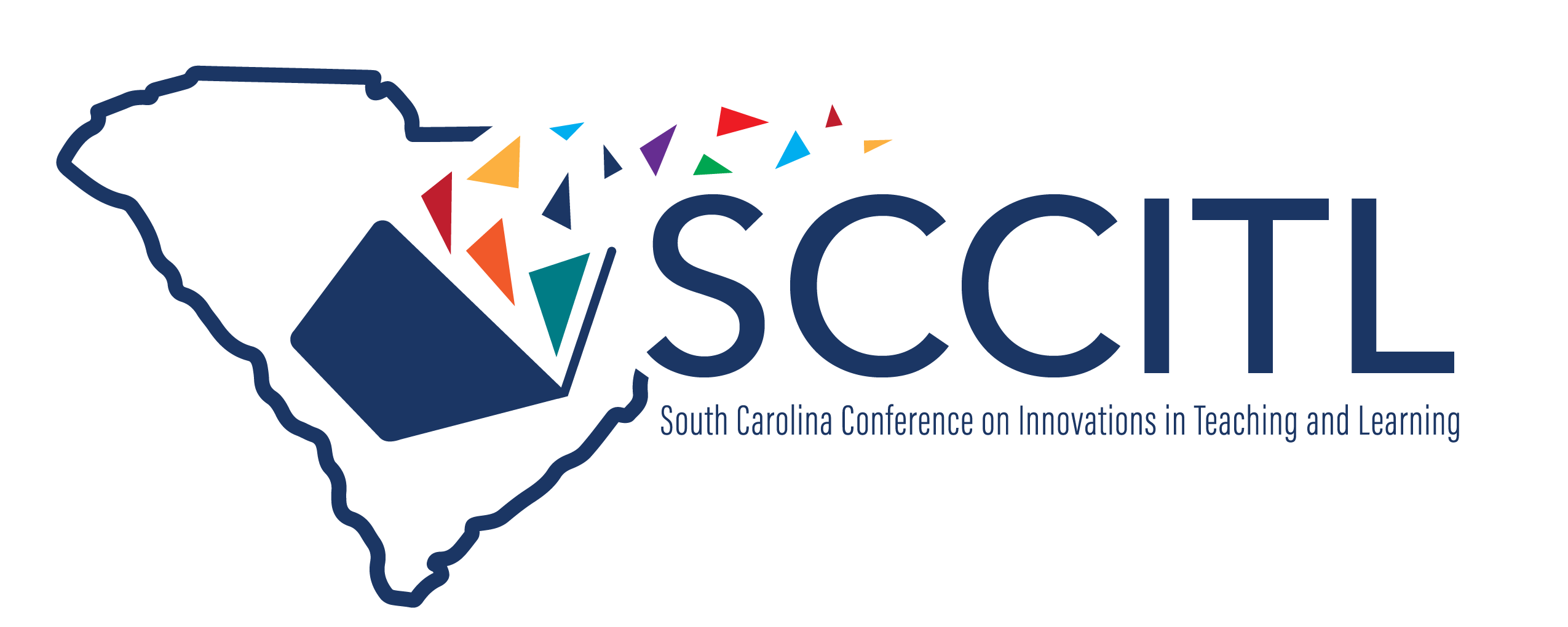3 Assistive Technology Tools to help students in higher education
Track Choices
Instructional Technology
Abstract
The right assistive technology tools can make a significant difference to students who are struggling with reading, math and accessing course content, specifically students with disabilities. Three assistive technology tools have shown to be effective in helping students in higher education. The support tools are Read&Write, EquatiO and Browsealoud. Text-to-Speech (TTS) software can read aloud digital or printed text. Students are more likely to understand text when unfamiliar words are read to them. Students who use TTS tend to improve their abilities in decoding and word recognition. Students have also experienced a positive effect on reading fluency. Students with specific deficits in phonological processing learn to decode new words when they are highlighted as they are being read aloud, this can lead to improved reading comprehension. TTS software can assist students with monitoring and correcting their typed work by hearing the text read aloud. Students are able to catch grammatical errors that may have gone unnoticed without hearing the text read back. Some students experience difficulty with math. This can lead to low academic self-concept and fear of failure. Allowing students to use math assistive technology can level the playing field for struggling students. Providing students with a digital option for math that uses voice recognition and TTS allows the student to do his work and the visual conformation may be highly motivating and particularly effective for students with learning disabilities. All students must have access to accessible course content. It is essential that all course materials be accessible for use with all types of assistive technology. Using assistive technology tools such as these may help students in higher education attain their full potential, regardless of their personal abilities or the subject they are studying.
3 Assistive Technology Tools to help students in higher education
Zoom Room 2
The right assistive technology tools can make a significant difference to students who are struggling with reading, math and accessing course content, specifically students with disabilities. Three assistive technology tools have shown to be effective in helping students in higher education. The support tools are Read&Write, EquatiO and Browsealoud. Text-to-Speech (TTS) software can read aloud digital or printed text. Students are more likely to understand text when unfamiliar words are read to them. Students who use TTS tend to improve their abilities in decoding and word recognition. Students have also experienced a positive effect on reading fluency. Students with specific deficits in phonological processing learn to decode new words when they are highlighted as they are being read aloud, this can lead to improved reading comprehension. TTS software can assist students with monitoring and correcting their typed work by hearing the text read aloud. Students are able to catch grammatical errors that may have gone unnoticed without hearing the text read back. Some students experience difficulty with math. This can lead to low academic self-concept and fear of failure. Allowing students to use math assistive technology can level the playing field for struggling students. Providing students with a digital option for math that uses voice recognition and TTS allows the student to do his work and the visual conformation may be highly motivating and particularly effective for students with learning disabilities. All students must have access to accessible course content. It is essential that all course materials be accessible for use with all types of assistive technology. Using assistive technology tools such as these may help students in higher education attain their full potential, regardless of their personal abilities or the subject they are studying.


